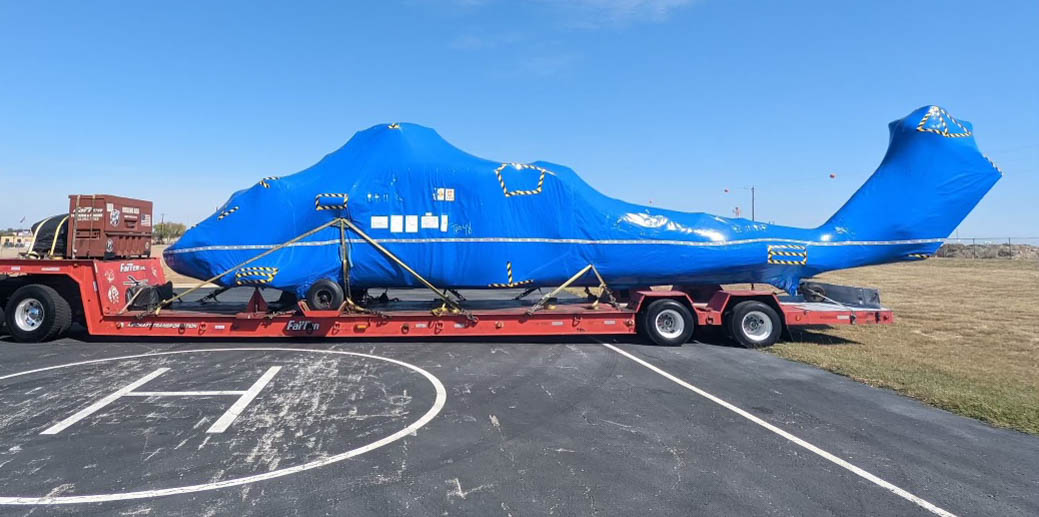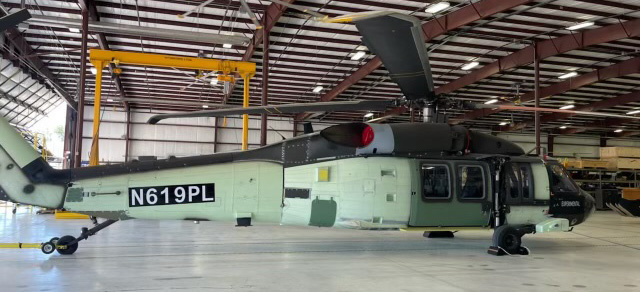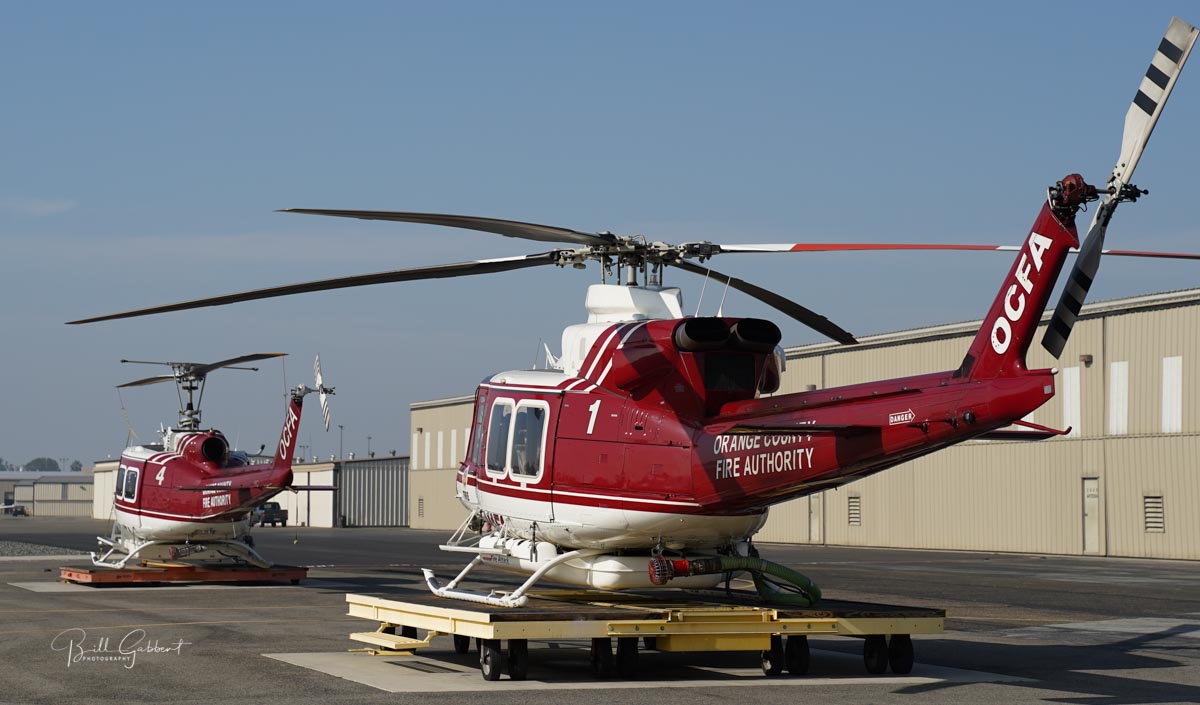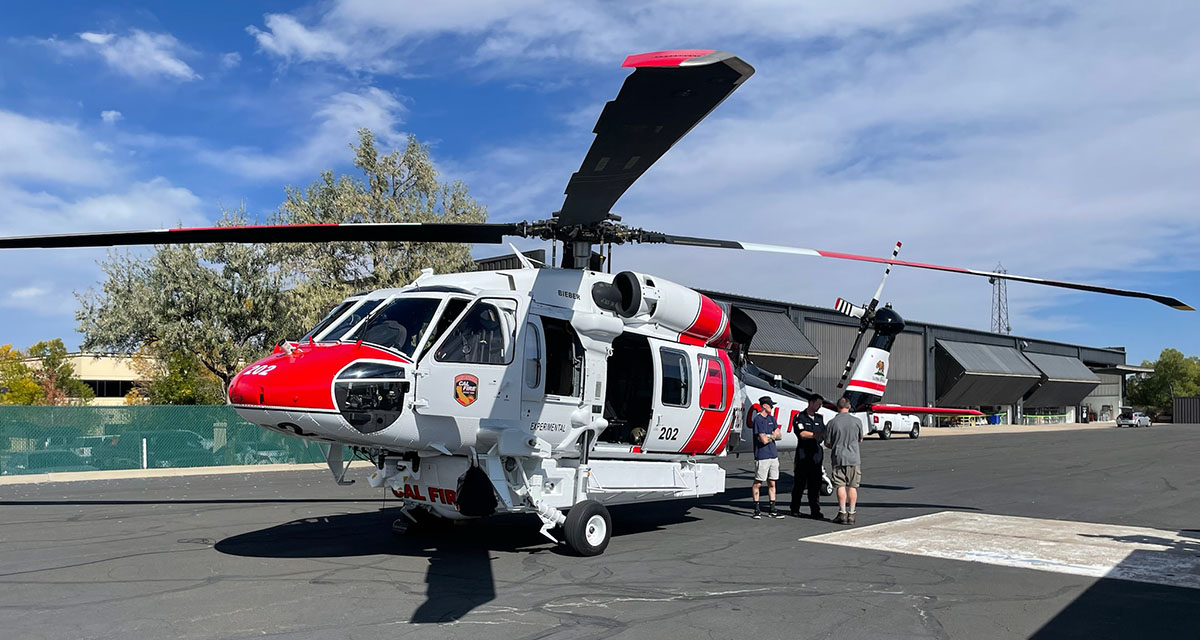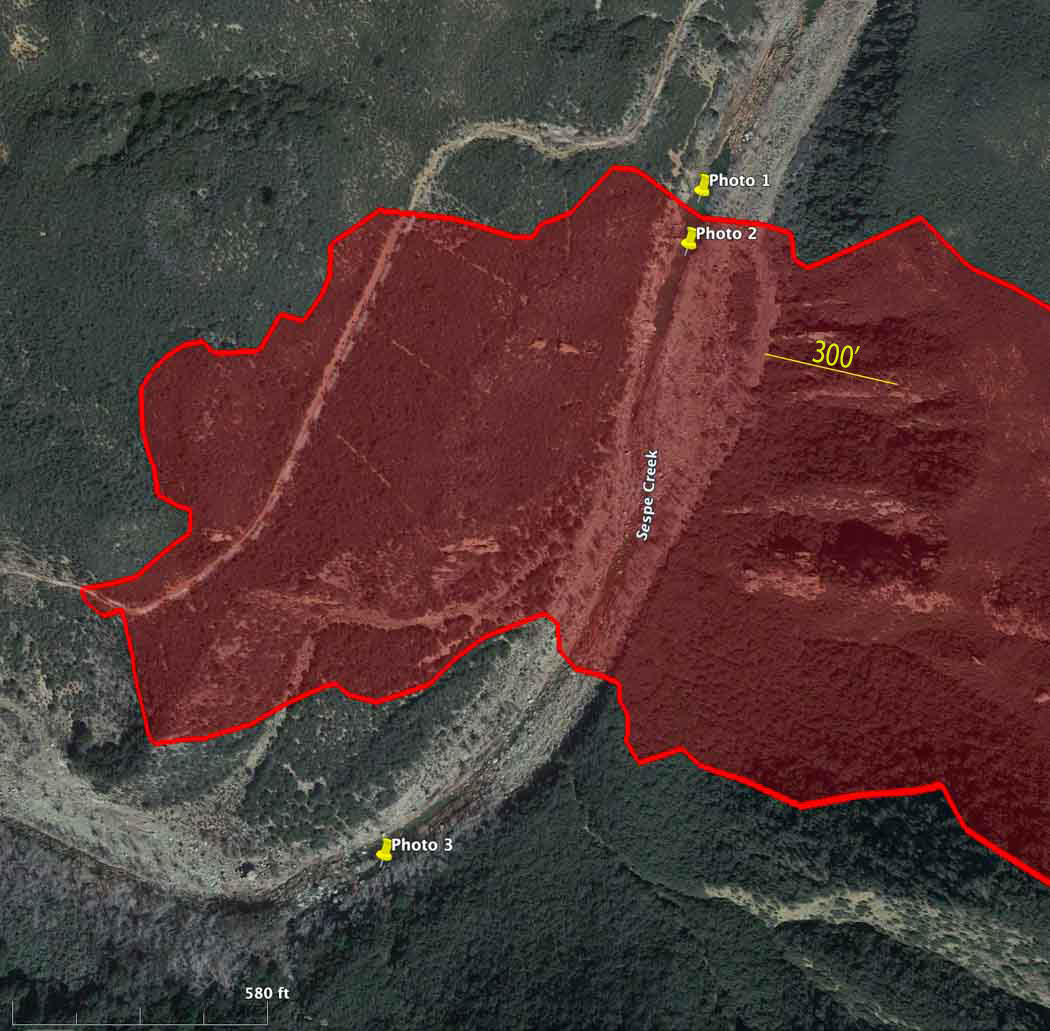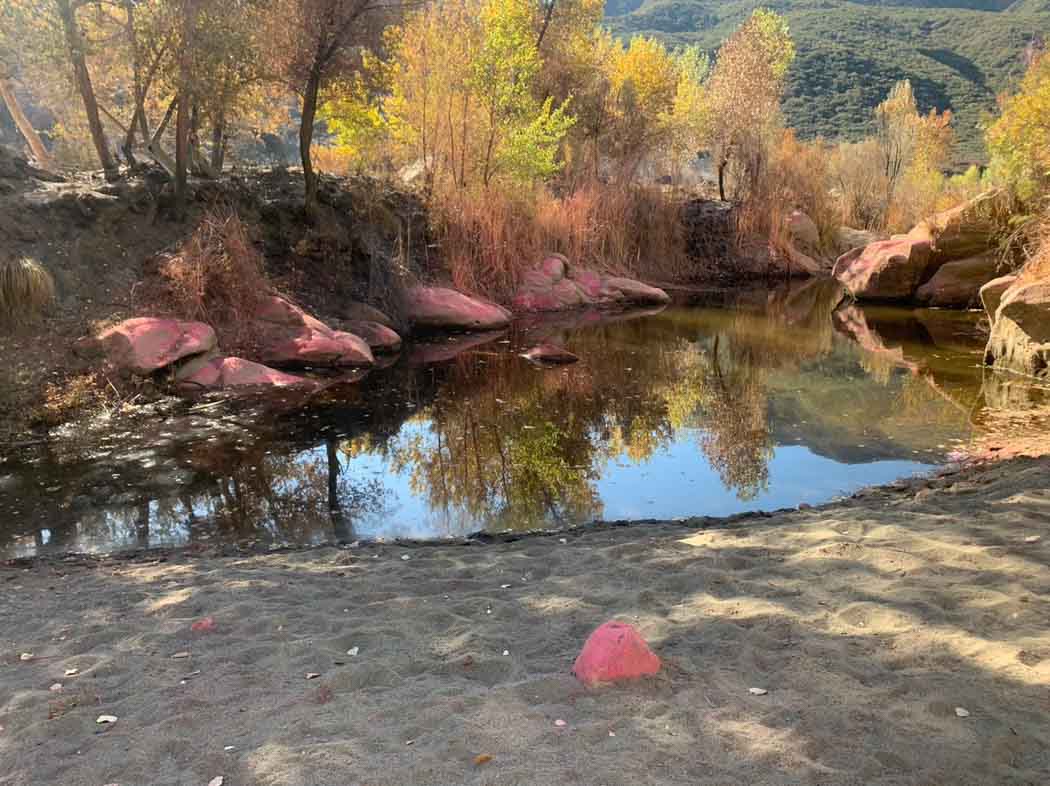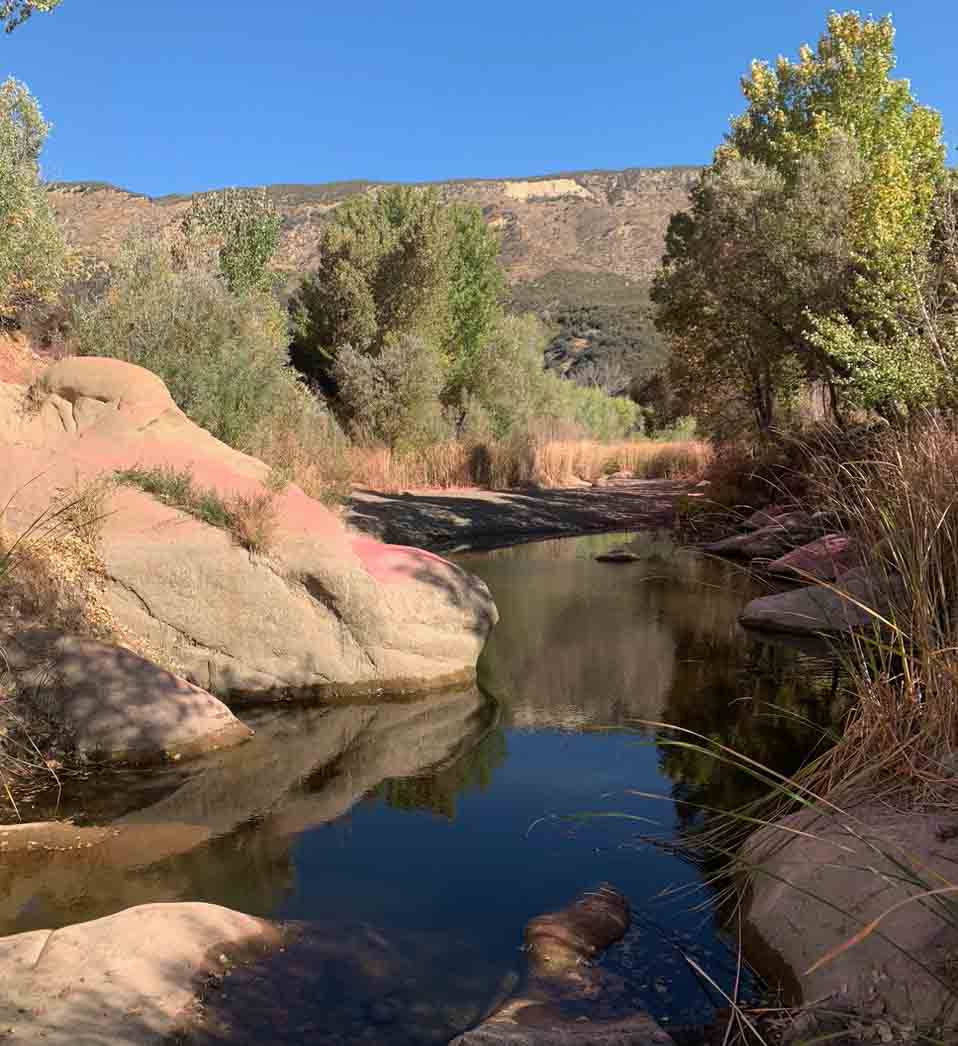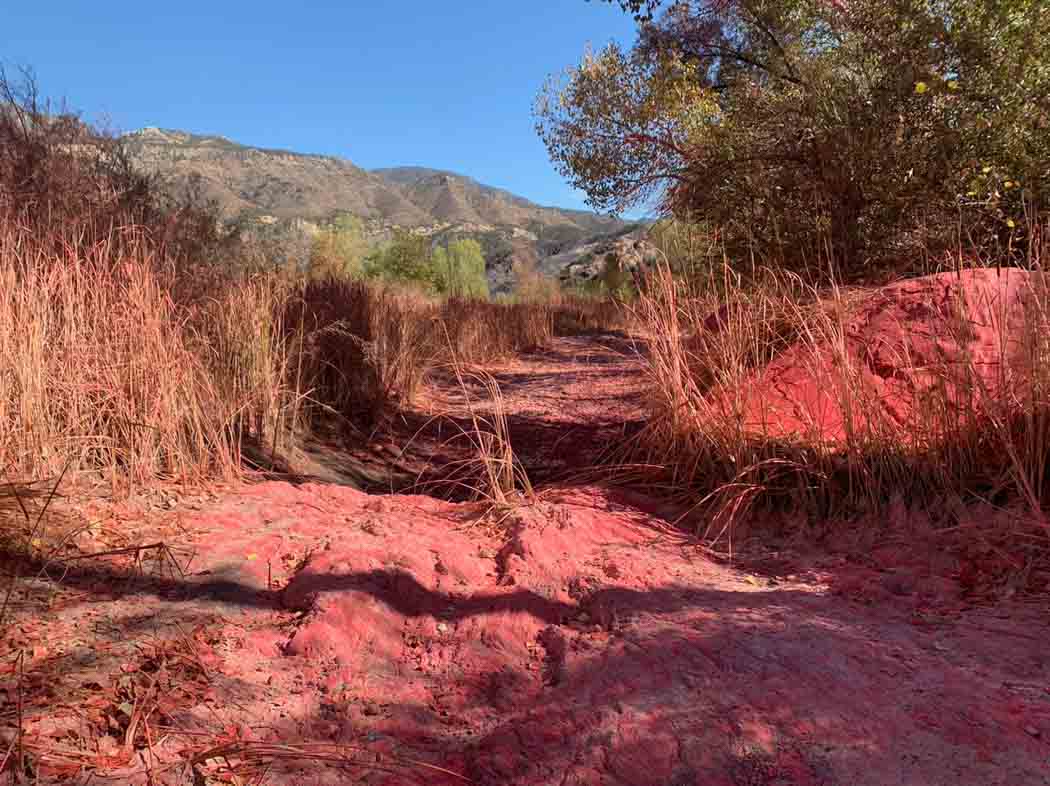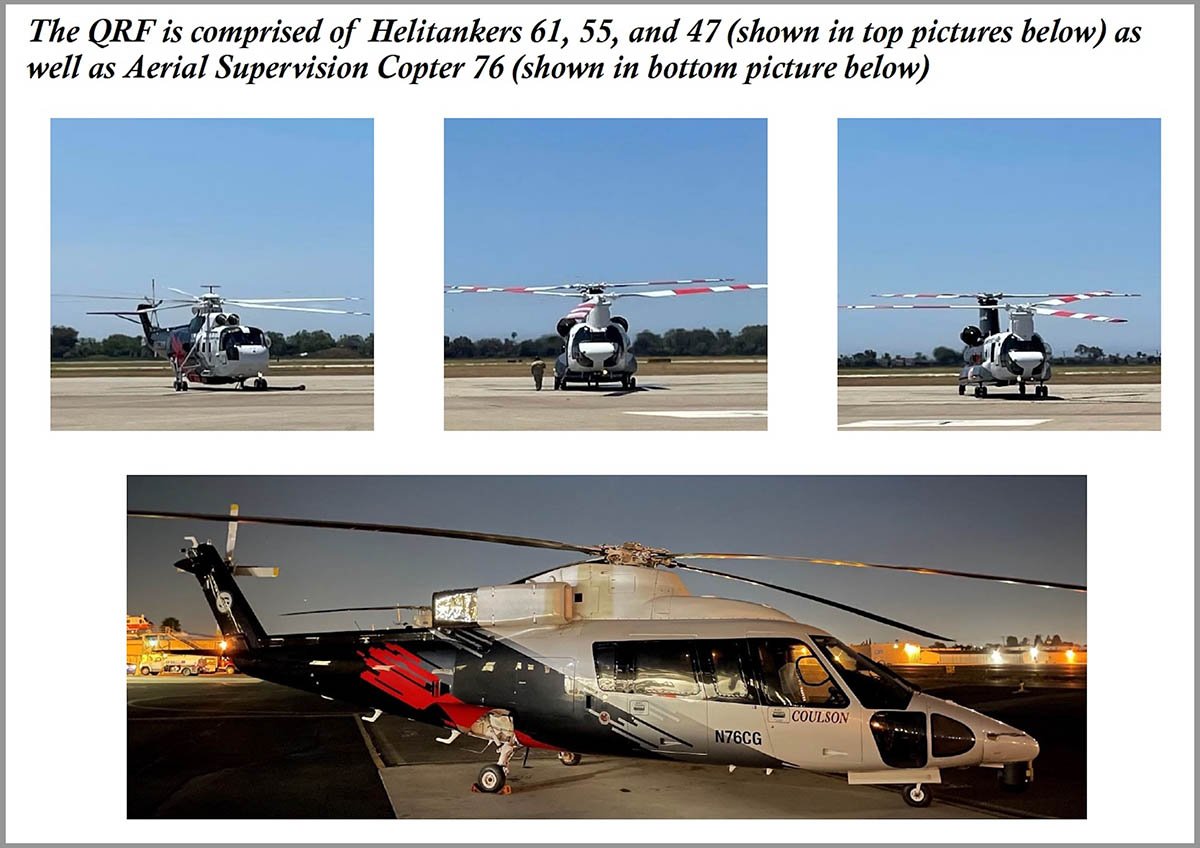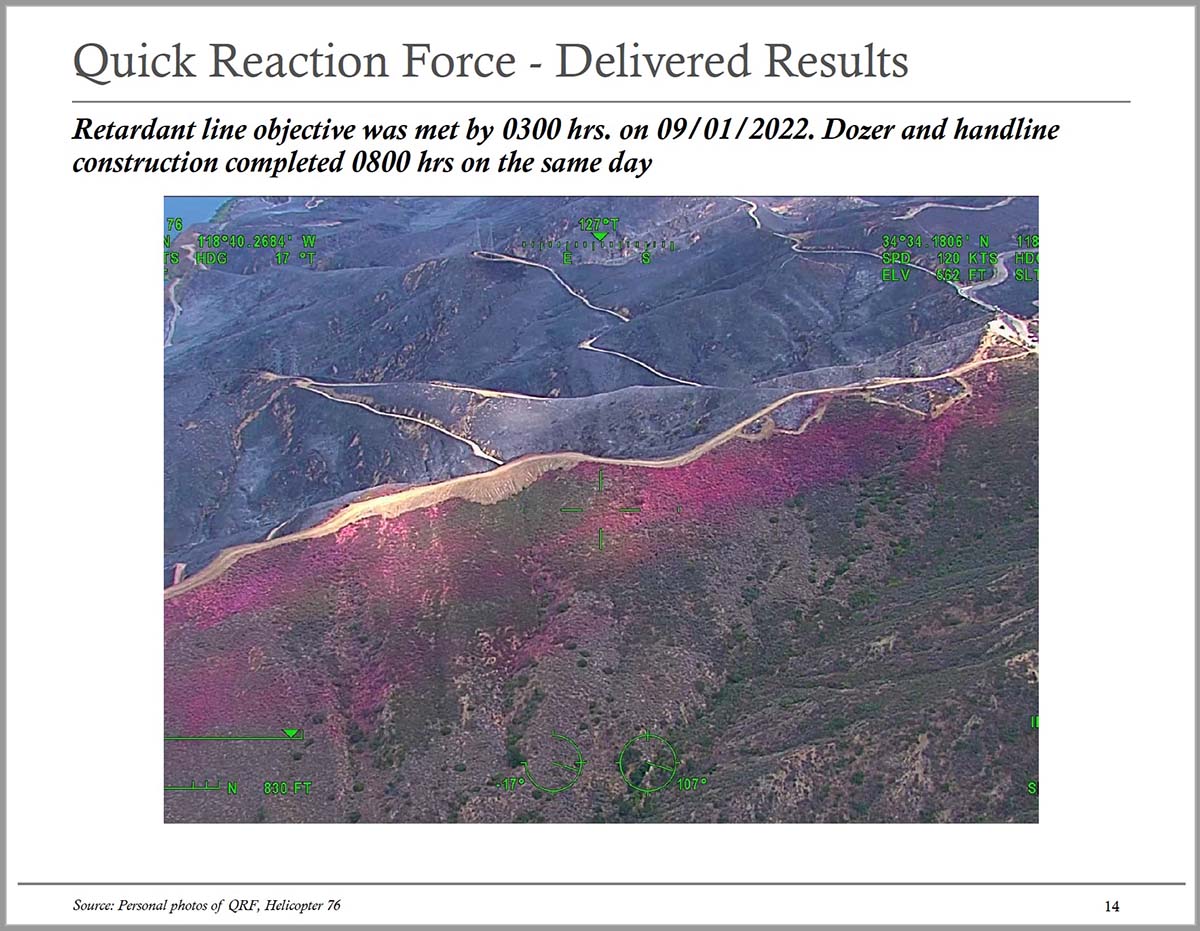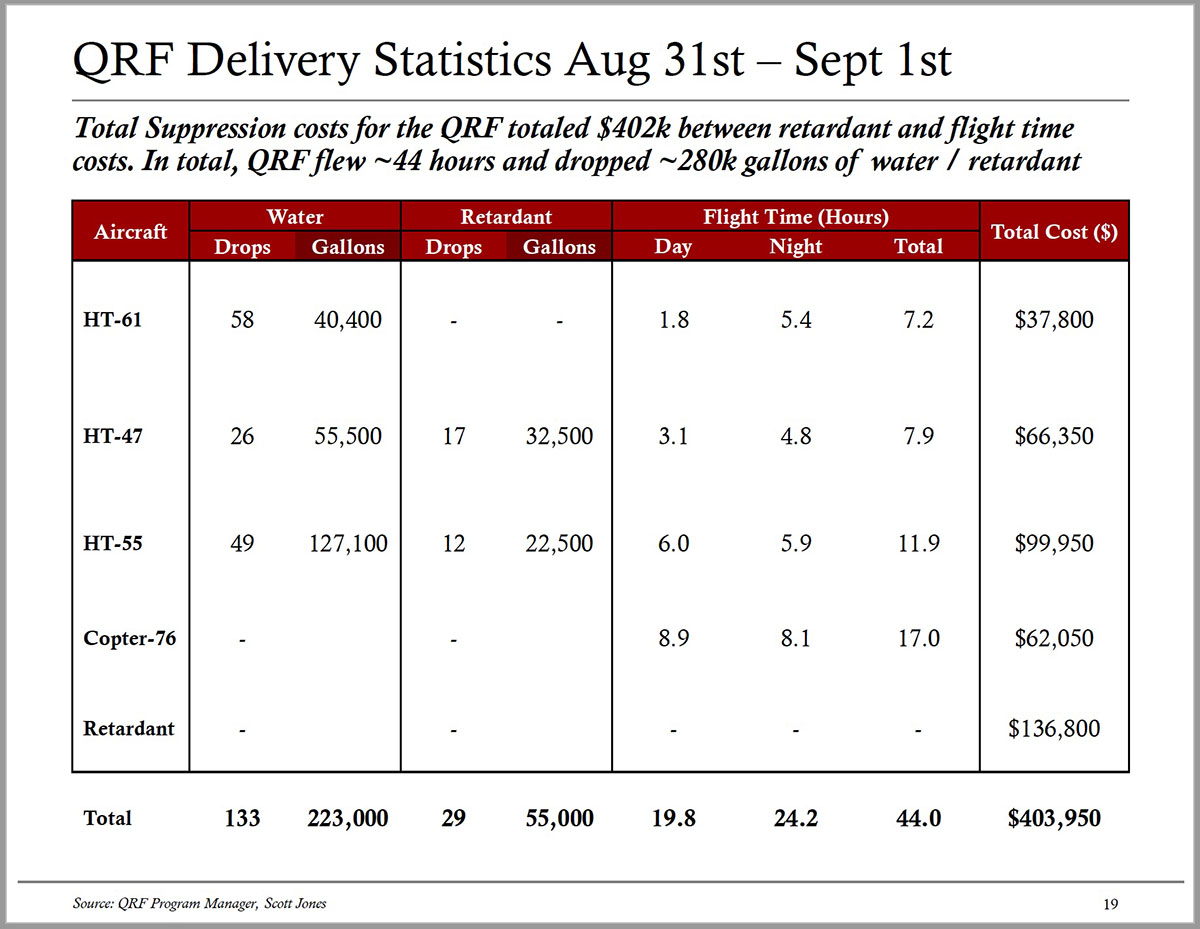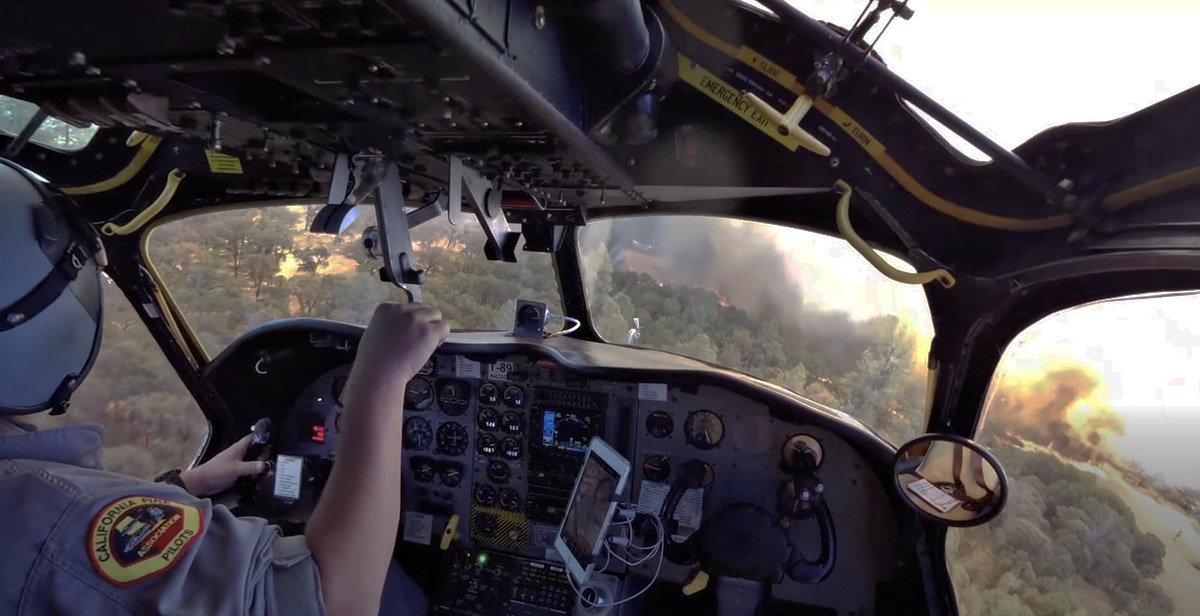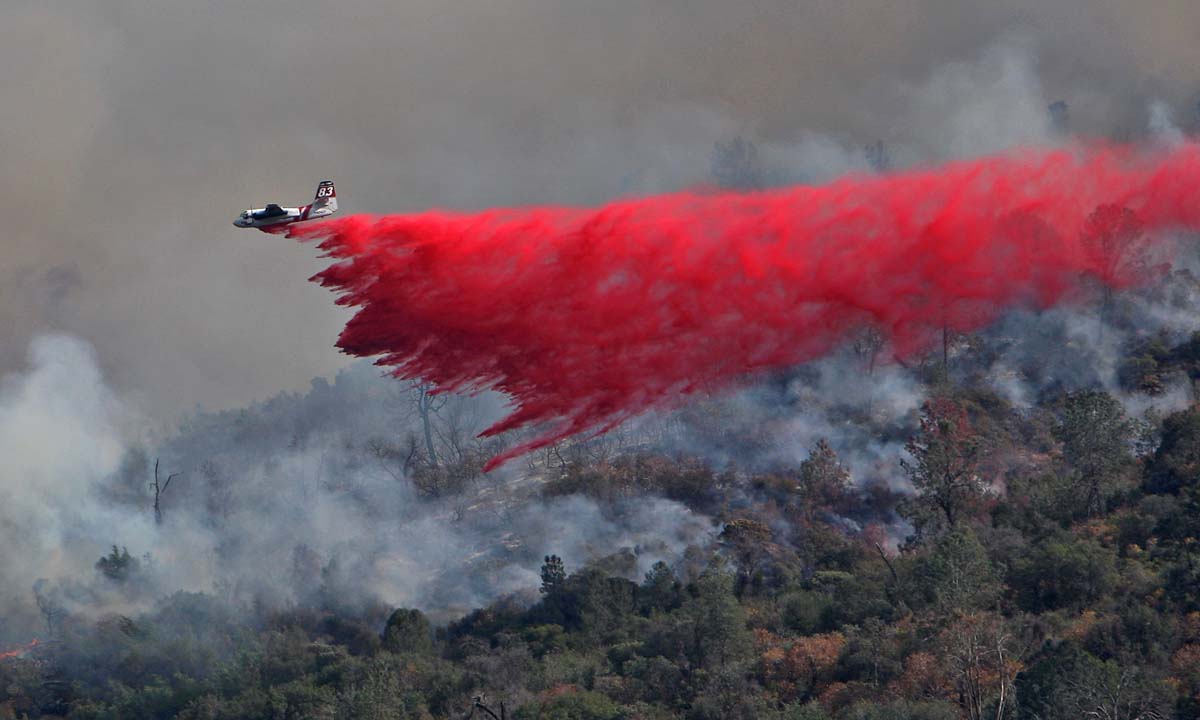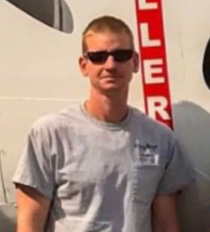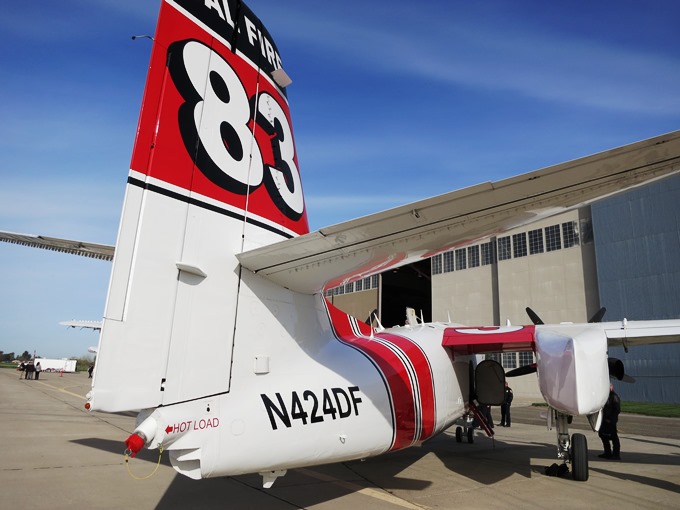Cal Fire is now one big step closer to getting seven military transport planes from the Coast Guard to fight fire after Congress passed legislation this week to speed up the transfer.
According to a Politico report, the National Defense Reauthorization Act contains language to expedite the legal transfer of seven C-130 aircraft from the Coast Guard to Cal Fire. Senator Amy Klobuchar (D-MN) said Minnesota’s 133rd Airlift Wing was selected to receive 8 new C-130J aircraft; the new aircraft will replace decades-old C-130H aircraft, which were supposed to have been transferred over to California years ago.
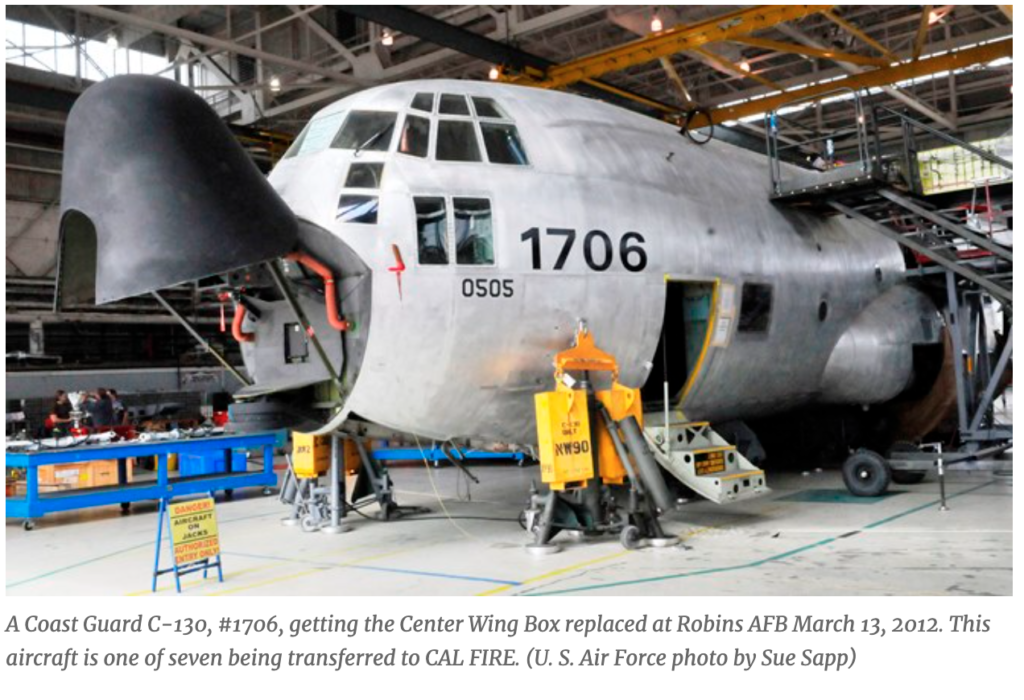
In a move by Senator Alex Padilla (D-CA), Senator John Boozman (R-AR), and Congressman Ken Calvert (CA-41), the final version of the 2024 National Defense Authorization Act includes an effort that recognizes the work of Governor Newsom and Cal Fire Chief Joe Tyler, who pushed the effort over the finish line.
Aerial Fire Magazine reported back in October that it was nearly five years ago that Congress told the U.S. Air Force to convert the seven surplus USCG C-130s aircraft into firefighting tankers for California. It never finished the job, and now California just wants the planes. Period. “We were fortunate this year to have a fire season that wasn’t like we’ve had in previous years,” said Ken Pimlott, now-retired chief of Cal Fire. “But it’s coming back — this is only one year. We can’t afford to lose any more time getting these aircraft retrofitted.”
So California Sen. Alex Padilla and Rep. Ken Calvert added a provision in the 2024 defense spending bill to hand over the C-130s to Cal Fire immediately — whether they were finished or not.
In service for more than 60 years, the C-130 is a workhorse of military aircraft, used for decades for troop transport, medical evacuations, search and rescue, and weather reconnaissance. As airtankers they have a drop capacity of 3000 gallons.
“This transfer will save lives, improve air quality, protect forestlands, and reduce carbon emissions,” said Matt Dias with Calforests, the California Forestry Association. “Adding seven C-130s to California’s aerial firefighting force is a truly remarkable advancement.”
Cal Fire Director Joe Tyler said the C-130s will help reduce loss of life and property to California wildfires. “I look forward to these aircraft joining our world-renowned aerial firefighting force,” he said. “Between earthquakes, wildfires and other natural disasters, California is one of the most costly and challenging states for property insurers and owners.” He said California can’t prevent earthquakes, but it can fight fire.
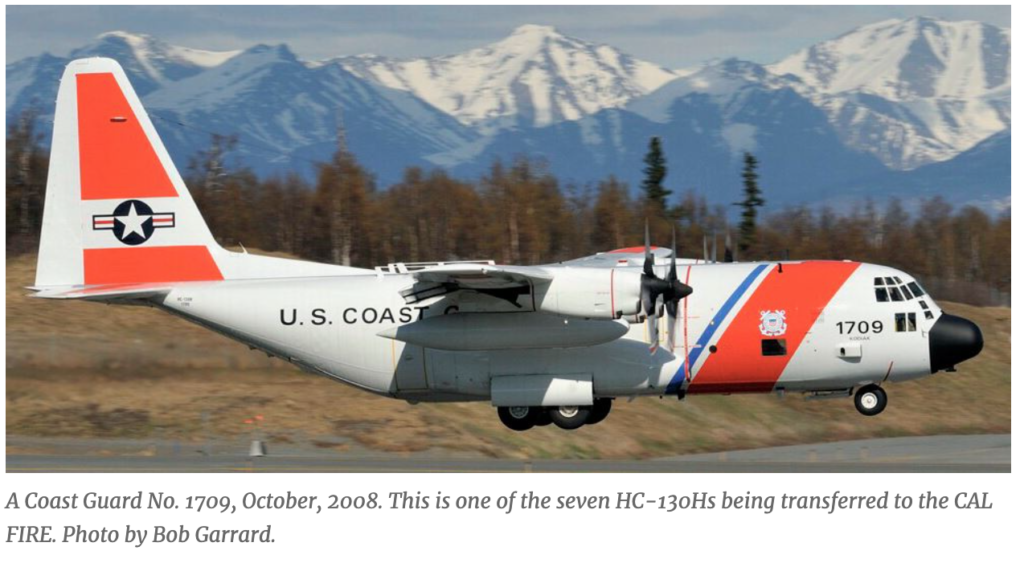
When Biden signs the defense bill into law, the planes will be transferred, and California will enter into a contract for the work. The first of the seven planes will likely be ready in time for the 2024 fire year, adding immediate value to the state’s fleet.
KRCR-TV reported on the transfer back in August.
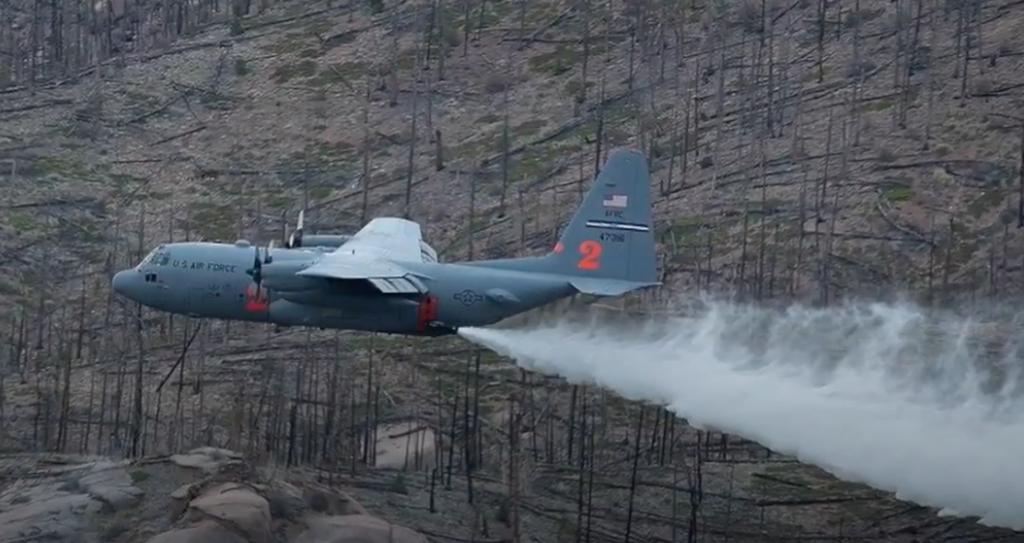
Matt Dias, president and CEO of the California Forestry Association, said the new aircraft will have the capacity to drop 3,000 gallons of retardant in less than five seconds, which is more than twice the load dropped by Cal Fire’s current S-2Ts.
“To be able to use aerial deployment of retardant for initial attack and suppression is really critical,” Dias said.
Retired Chief Ken Pimlott said the planes should give firefighters a big boost in future fire seasons, noting the engines on the C-130s. “In general they’re a bigger aircraft, they’re a four-engine aircraft where the S-2 is a two-engine,” he said. “Since it flies faster, it can return to the base and reload more quickly as well.”
The transfer has been delayed for years and became a priority for California’s firefighting agency. Coulson Aviation’s Retardant Aerial Delivery System (RADS) can be installed on virtually any C-130. The Coulson RADS-XXL is half the cost of competing systems — and one-sixth the weight — and it requires no additional crew or equipment. The RADS-XXL systems were selected for the Hercules C-130 aircraft fleet operated by Cal Fire.

